Sea buckthorn: types and rules of planting on the site
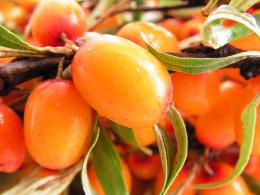
Sea buckthorn has deserved special attention due to the beneficial properties of the sour-tasting berries. The multivitamin tree is considered a wild plant, but it lends itself well to transplanting to a garden plot. Orange fruits are rich vitamins, mineral and organic substances. By planting sea buckthorn on your property, everyone can give themselves an unusual taste and stock up on vitamins for the winter.
Content:
Features of the view
The main feature of sea buckthorn is its intermediate position between a tree and a shrub. Depending on the region, climatic conditions and general care, this type of tree can reach a height of 1 to 8 meters. With proper care and processing, sea buckthorn can bear fruit for up to 15-20 years.
The leaves on the underside are distinguished by the presence of silvery hair; on the top, due to the intense accumulation of chlorophyll, they have a green tint.
The pile that covers the bottom of the leaf allows additional moisture retention, which is especially important on hot days of summer. From the beginning of flowering to the full ripening of juicy and sour fruits, it takes from 15 to 20 weeks. The fruits of sea buckthorn are densely located to each other, development and ripening occurs in bunches. Full ripeness of the berries occurs after 30 days.
Where are sea buckthorn fruits and trees used?
- Decorative purposes
- Sea buckthorn prevents soil erosion. Trees are often planted on sandy soils
- The fruits are widely used in the pharmaceutical industry and medicine
- Cooking (jams, compotes, preserves)
In general, the tree tolerates low temperatures well. Sea buckthorn has earned its popularity not only due to the multivitamin composition of the fruit. She is absolutely not demanding of her person, and perfectly withstands severe frosts.
Main types of sea buckthorn
We found out that sea buckthorn thrives in our region. But unfortunately, among the numerous species of this plant, domestic gardeners recommend paying attention to only a few species.
“Practical” varieties of sea buckthorn
Sea buckthorn. Most often you can find this particular variety of sea buckthorn in the garden. Its distinctive feature is its compact size (up to 2-3 m), late fruit ripening, and high vitamin C content in the berries.
The fruits tolerate the first frosts well, and they will not be spoiled at all by the first sub-zero temperature. The root system of buckthorn is well developed. It is advisable to use this type of tree in windbreaks. Altai sea buckthorn. Medium-sized plant with a dense crown.
The main feature of Altai sea buckthorn is its large fruits of bright orange color. The tree resists the first frosts well. In spring you can see gray shoots, which after 30 days will turn into leaves. The period from blooming to ripening of the berries is 45 days.
Sea buckthorn "Giant". A medium-sized, oval plant distinguished by a powerful and dense crown. Plants can reach a height of up to 5 meters. The shoots are well developed and are distinguished by their large size. The berries ripen in early autumn; they are oval in shape and yellow in color.
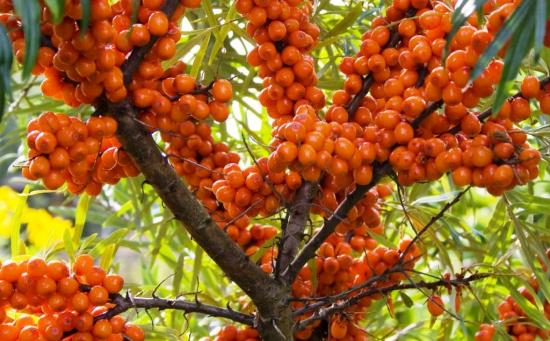
Sea buckthorn “Favorite”.A medium-sized plant that very rarely reaches a height of 2 meters. The crown is thick and powerful. Perhaps this is one of the most “delicious” varieties of sea buckthorn. The berries are large in size, and in addition to the usual sourness, they have a sweet, spicy taste.
Sea buckthorn “Nugget”. The tree reaches a height of 4 meters. The crown is of medium density. The shoots of the tree are bent upward and slightly spiky. The fruits are oval, sour, medium size. It is these varieties of sea buckthorn that have established themselves not only as a cultivated plant, but also as an ornamental plant. With proper care, the tree will delight you not only with its chic appearance, but also with delicious fruits.
Landing rules
Sea buckthorn grows and develops well on “light”, breathable and water-permeable soils. It’s great if, before planting a young tree, the gardener adds fertilizer rich in phosphate salts to the ground.
Video about proper pruning of sea buckthorn:
On what soil will sea buckthorn not take root:
- Saline areas
- Excessively wet and swampy soil
- Places with standing water
- Dense, clayey areas
The most favorable place for planting this type of plant is considered to be a flat slope or plain, with “standing”, cold air. Wherein the soil should not contain microcavities. Almost all varieties of sea buckthorn do not like shading, so give preference to a place where the sun “reaches” well.
Before planting a young tree in open ground, harden it. To do this, place the tree in a bucket of water in a dark place. Ideal if you can control the room temperature. Your task is to gradually lower the temperature in the room, by about 1 degree.
The steps for planting a tree are very simple: dig a hole up to 50-70 centimeters deep (note that the depth of the hole is determined by the size of the sea buckthorn root system), apply fertilizer and fill the hole with plenty of water. Planting should be started only when the soil has completely absorbed water.
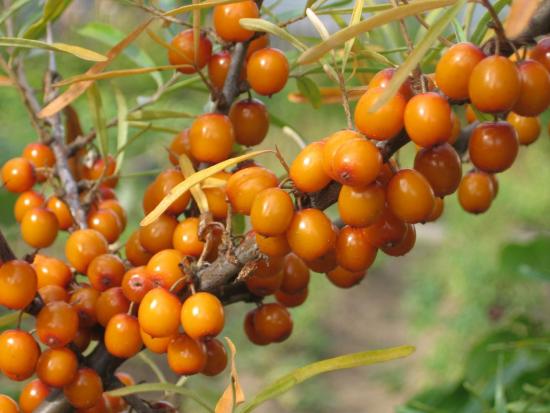
Sea buckthorn is not only an ornamental, but also a cultivated plant, which is in particular demand among domestic gardeners. Literate care will help you go through the acclimatization period as quickly as possible, and enjoy the sour taste of orange berries!

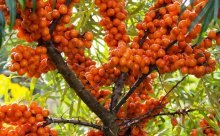
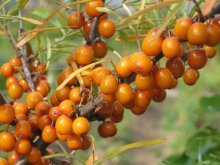
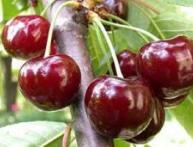
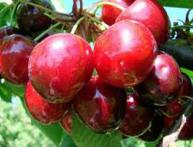
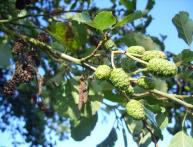
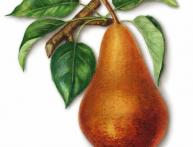
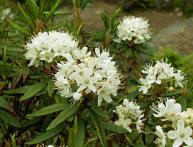
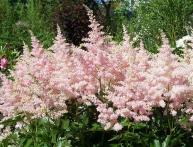
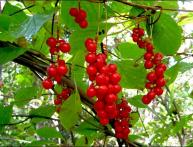
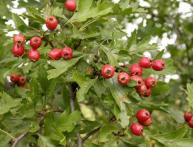
Comments
It is best to plant sea buckthorn along the borders of the site, as a hedge, because it is a thorny plant. In addition, we must not forget that it is dioecious, that is, there is a male and female tree. Therefore, for it to bear fruit, you need to plant two different trees.
We have 5 sea buckthorn trees growing on our site. I never thought about the fact that this is a dioecious tree, I’m probably just lucky that there are several of them, otherwise, if there was only one, I would look on the Internet for why it doesn’t bear fruit.